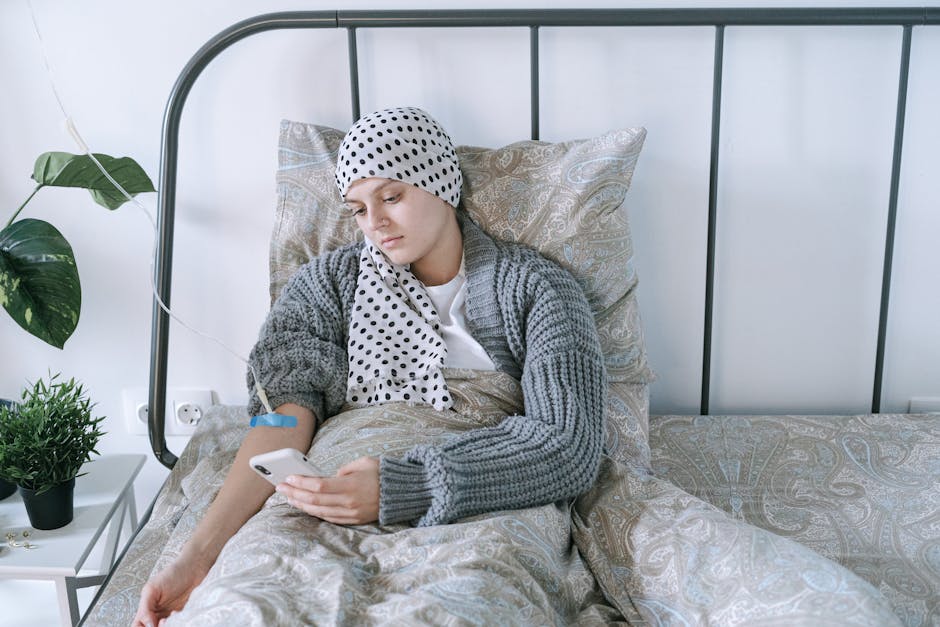Introduction to waterproof pillows
Waterproof pillows are exactly what they sound like - pillows designed to resist water. This feature makes them ideal for people who might sweat a lot at night, those who like eating or drinking in bed, and households with kids or pets prone to spills. The core idea behind waterproof pillows is to provide an extra layer of protection not just against moisture, but also against stains and potential allergen build-up. They usually come with a waterproof layer that is either part of the pillow itself or a removable cover. This layer is key in preventing liquids from soaking into the pillow, which can cause mold or mildew to develop over time. The materials used for these waterproof barriers are typically designed to be breathable, ensuring comfort isn’t sacrificed for protection. Whether for health reasons, ease of cleaning, or simply to extend the life of your pillows, investing in waterproof options can be a practical choice for many.
The benefits of using waterproof pillows
Waterproof pillows come with a heap of benefits that make them worth considering for your bedding setup. First off, they’re champions at guarding against spills and sweat, which means you can wave goodbye to unsightly stains marring your pillows. This is particularly handy for anyone who enjoys breakfast in bed or has young kids prone to accidents. Then there’s the hygiene angle—waterproof pillows dodge moisture, cutting down on the chance for mold and bacteria to make a home in your pillow. No moisture, no mold; it’s that simple. Plus, folks with allergies will breathe easier. These pillows keep out dust mites and other allergens, making your sleep environment cleaner and fresher. If that wasn’t enough to convince you, consider durability. Waterproof pillows tend to last longer since they’re protected from the usual wear and tear caused by moisture and stains. They’re an investment in your sleep health and wallet, saving you the hassle and cost of replacing pillows frequently. In a nutshell, if you’re after a pillow that stays clean, fresh, and durable, going waterproof is a smart move.
Knowing your waterproof pillow materials
Understanding what your waterproof pillow is made of is key to its care and longevity. Most waterproof pillows use materials like vinyl or polyurethane for the waterproof layer. The outer part might be cotton, polyester, or a blend to give you comfort. Each material has its own cleaning needs. For example, vinyl can be wiped down but shouldn’t be exposed to high heat, while polyurethane is more breathable and can often be machine washed. Always check the label for specific care instructions to keep your pillow in top shape. Knowing this not only helps you maintain your pillow but also ensures you get the most out of its waterproof benefits, keeping you dry and comfortable night after night.
Daily care tips for waterproof pillows
To keep your waterproof pillows in top shape, a little daily care goes a long way. Start by giving your pillows a good fluff every morning to keep their shape. Air them out once in a while by placing them in a well-ventilated area, but make sure they’re not in direct sunlight as it could damage the waterproof coating. If spills happen, wipe them off immediately with a damp cloth and a mild detergent to prevent stains. Also, ensure to use pillowcases - they’re like helmets for your pillows, protecting them from dust and sweat. It might seem simple, but these quick steps can extend your waterproof pillows’ life, keeping them fresh and supportive for years to come.
Washing and drying your waterproof pillow correctly
To keep your waterproof pillows in top shape, it’s crucial to wash and dry them correctly. First off, always check the care label. Most waterproof pillows can be machine washed on a gentle cycle with a mild detergent. Avoid using bleach since it can damage the waterproof layer. When drying, opt for air drying or use a low heat setting if you’re in a rush. High heat can mess with the waterproofing, so better safe than sorry. And remember, no ironing. The heat can ruin the protective layer. Keeping these tips in mind will ensure your waterproof pillows stay comfy and protective for a long time.
Spot cleaning stains on waterproof pillows
To tackle stains on waterproof pillows, act fast. Gently blot the stain with a damp cloth. Avoid harsh scrubbing, as this can damage the waterproof coating. Use a mild detergent solution if water alone doesn’t do the trick. Mix a few drops of gentle detergent in water, apply to the stain, and softly dab. Rinse the area with a clean, damp cloth to remove any soap residue. Let the pillow air dry completely before using it again. Never use bleach or harsh chemicals, as they can break down the waterproof barrier. Regular spot cleaning keeps your pillows looking fresh without compromising their waterproof functionality.
Storage ideas for waterproof pillows
Storing your waterproof pillows properly is key to making them last longer and work better. First off, don’t just toss them in a closet. Make sure your storage spot is cool and dry to prevent any mildew or mold from forming, even though they’re water resistant. If you’ve got space, using a large storage bin with a tight-fitting lid can keep dust and bugs away. For those tight on space, consider vacuum storage bags; they press down the pillows, making them easier to store, keeping them clean, and protecting against pests. Just don’t forget, before sealing them away, make sure the pillows are completely dry to avoid trapping moisture. A simple but effective approach will keep your waterproof pillows in top shape for every use.
When to replace your waterproof pillow
Waterproof pillows are built to last, but they don’t stick around forever. Over time, you’ll start to notice signs that it’s time for a new one. If your pillow starts feeling lumpy or less supportive, this means the interior materials are breaking down. Another clear signal is when the waterproof barrier begins to fail, and your pillow feels damp or smells musty after exposure to moisture. Generally, a good waterproof pillow can serve you well for 2 to 4 years. But, always trust your senses; if it looks worn out, smells bad, or just doesn’t feel right, it’s time for a fresh one. Not only does this ensure you’re resting your head on something clean and comfortable, but it also maintains the hygiene of your sleeping environment.
Protecting your waterproof pillow during travel
When you’re on the move, keeping your waterproof pillow safe is key. A simple tip is to use a sturdy pillowcase. This provides an extra layer of protection against dirt and spills. Also, consider using a vacuum seal bag for travel. It not only saves space in your luggage but also shields your pillow from moisture and dust. If a vacuum seal bag isn’t handy, a large resealable plastic bag works as a good backup. Remember, never cram your pillow into your bag. Give it space to avoid damage. Taking these steps helps ensure your waterproof pillow stays in top condition, ready for a good night’s sleep wherever you are.
Summary: Key takeaways for maintaining water-resistant comfort
Waterproof pillows are easy to look after but don’t ignore the care label. Here’s the deal: you can often simply wipe them down with a damp cloth. If they’re really dirty, some can be machine washed—just stick to a gentle cycle and avoid hot water. Tumble dry? Sure, but on low heat. The big secret is to avoid harsh chemicals or bleach; they’re no friends to the waterproof coating. Sunlight’s a great disinfectant, so let them dry outside when you can. Remember, care varies, so checking that label is key. Treat them right, and your waterproof pillows will be fighting off spills and stains for a long time.





